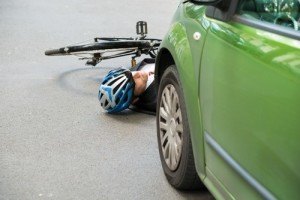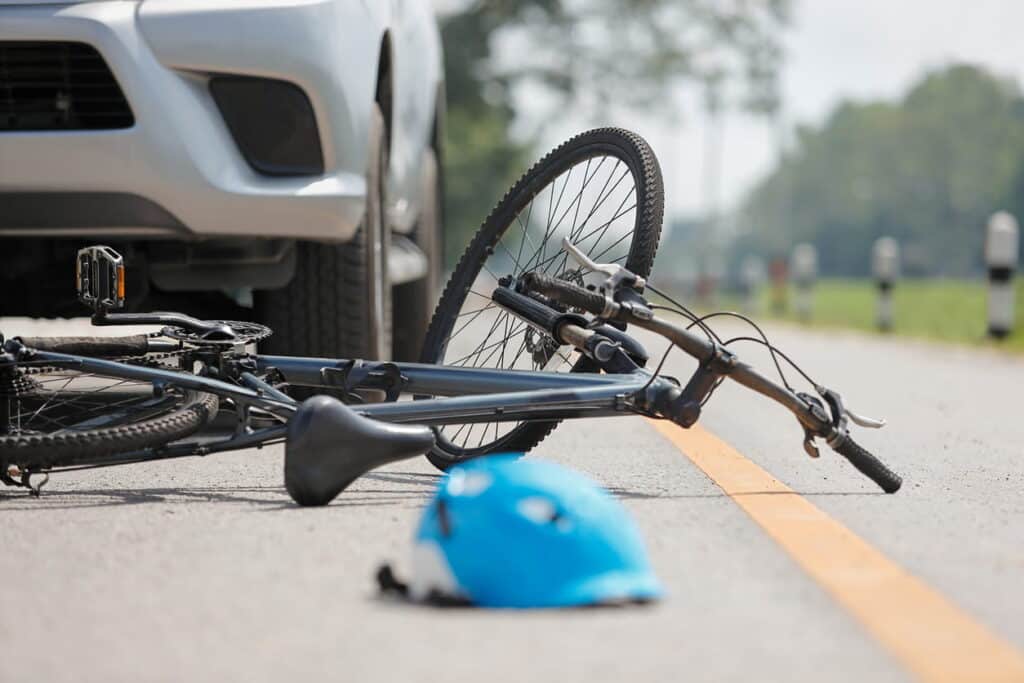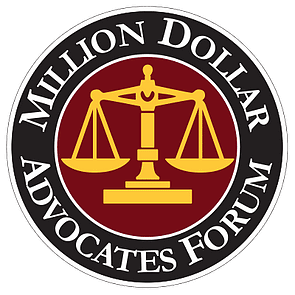Cyclists injured by careless motorists have a legal right to compensation for their injuries. For cyclists, injuries from collisions with cars are painful, expensive, and sometimes permanent, disabling, and even fatal. Because car accidents have such grave consequences for cyclists, avoiding them is far better than receiving compensation for them. No amount of compensation beats a sound body in good health. By knowing the dangers of cycling, it is possible to avoid them, but avoidance needs awareness and preventive precautions by both cyclists and motorists around Las Vegas.
GET YOUR FREE BICYCLE ACCIDENT CONSULTATION
NO FEES UNLESS WE WIN!
Cyclist Precautions
Cyclists should do safety checks on their equipment regularly for risky conditions from the wear of ordinary use.

- Tires: Riding on under-inflated tires can cause flats and damaged wheels. Pumping up the inflation pressure is preferable to fixing or replacing misshapen wheels. The correct pressure is printed or embossed on the tire sidewall. If a flat tire occurs, the cyclist should examine it to determine what caused it.
- Brakes: Cyclists with loose or weak brakes invite accidents. Before riding, cyclists should squeeze each brake lever a couple of times to ensure it works, and when in motion, squeeze them again lightly to feel for uneven braking or for vibration that can come from the brake pads rubbing the tire rather than the wheel rim. Replace the brake pads if cable adjustments fail to make the brakes sufficiently responsive.
- Chain: Riding with a dry chain wears out the chain, sprockets, and everything else on the drive train quickly. Chain slippage, a common result of such excessive wear, can be dangerous whenever the cyclist must move or increase speed suddenly to avoid a collision. Backpedal and listen for squeaking from the chain. If it squeaks or looks dry, apply some fresh oil. Hold a drip bottle of chain lube above the chain, backpedal a few times, and gently squeeze the lubricant onto the top of the chain. Do not use grease or a penetrant like Liquid Wrench.
- Traffic laws: Compliance with traffic laws protects in two ways. Traffic laws tell everybody on the road what to expect. Law-abiding riders are more predictable and, therefore, safer because they run fewer unnecessary risks of collisions. Riding in compliance with traffic laws also protects the cyclist’s legal rights if a collision occurs. On the contrary, riding in violation of traffic laws is contributory negligence that always reduces and sometimes eliminates any compensation to which the cyclist otherwise would be entitled.
- Situational awareness: Like motorists, cyclists have a legal duty to keep a constant lookout for potential danger from road hazards. There is no duty to anticipate the illegal behavior of other users on the road. Still, cyclists who remain alert and observant can assess potential dangers, legal or not, and respond before they become actual collisions.
- Being conspicuous: Motorists also have legal duties to remain alert and to exercise due care, but sometimes the careless or inattentive among them fail to see cyclists on the road. By making themselves conspicuous, cyclists can reduce their risks significantly. When riding at night or in fog, rain, or snow, they should equip their bicycles with front and rear lights. No lights at night can be deemed evidence of negligence in a nighttime collision, and while not required to ride with lights during daylight, cyclists enhance their conspicuity by riding with them then as well. Brightly-colored fluorescent clothing increases the visibility distance from 400 to 2,200 feet in daylight and from 150 to 560 feet at night. This dramatically increased distance gives drivers more time to react to the perception of the cyclist’s presence and to avoid any sudden surprise.
- Alcohol: There’s nothing a cyclist can do to stop motorists from drinking too much alcohol. The cyclist can, however, avoid roads when drunk drivers are most likely to be on them. As for their own drinking, cycling fatalities involving alcohol include collisions in which cyclists over-imbibed.
Motorist Precautions
- Sharing the road: The Department of Motor Vehicles (DMV) warns, “Bicycle riders on public roads have the same rights and responsibilities as motorists and are subject to the same rules and regulations.” The DMV urges motorists to ”look carefully for bicyclists before turning left or right, merging into bicycle lanes, and opening doors next to moving traffic. Respect the right of way of bicyclists because they are entitled to share the road with you.”
- Attitude adjustments: Motorists should realize that cyclists have equal entitlement to use the roadway, and cyclists should be careful and considerate by staying out of the way of motor vehicles and not delay or impede their progress unnecessarily
- Intersections: Intersections are frequent scenes of serious car-bicycle collisions. Motorists making right turns should be watchful for cyclists. A cyclist a little behind and to the right may plan to ride straight through. The motorist should signal the right turn, or there may be a collision with the point of impact somewhere on the passenger side of the car. Laws in more than 20 states require motorists to give bicycles at least three feet of road space. Besides giving cyclists that space, motorists should pass them slowly and smoothly and not speed up to get by as quickly as possible.
- Door zones of parked cars: Cyclists riding along rows of parked cars are at risk of being “doored” by careless motorists who suddenly fling their doors open to exit their cars. The risk is that the cyclist has no sure way of knowing whether a motorist in a parked car may open the door without warning. The impact can knock cyclists off balance into the path of traffic, or they may swerve into it trying to avoid the door. The way to avoid this risk is simple. Before opening the door, the motorist needs only to look into the side mirror to see whether anyone is approaching.
Contact Our Skilled Bike Injury Lawyers
Cyclists injured in collisions with motorists should consult with an experienced personal injury law firm, such as Adam S. Kutner, Injury Attorneys, as soon as possible. We charge no fees for initial case consultations and evaluations.
Areas We Service in Las Vegas, Nevada
Henderson | Anthem | Summerlin | Paradise | Summerlin North | Summerlin South | Sunrise Manor | Nellis AFB | Desert Shores | Downtown South | Charleston | Richfield | Crestwood | Angel Park Ranch | Queensridge | Casa Grande Pines | Winchester |

Las Vegas Bicycle Accident Testimonial
“My dad recommended me to go to Adam after my accident
The customer service and comunicaron is amazing. I should recommend this office to anyone involved in an accident. They deliver results.”













